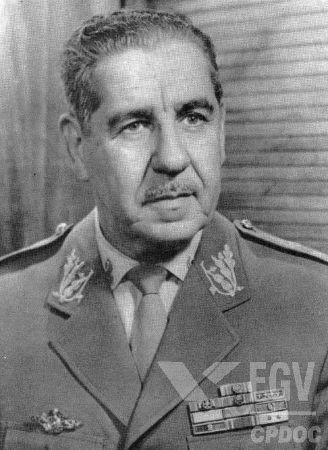In the 17th century, São Paulo pioneers discovered gold mines in the interior of Brazil, first in the region of the current state of Minas Gerais, later in the vicinity of the current city of Cuiabá, capital of the state of Mato Grosso, and finally in Arraial de Sant'Anna, current City of Goiás, in the Goias state. This region of mines, as it became known, at the time of the discovery of gold belonged to the Captaincy of São Vicente (São Paulo), however the Captaincy of São Vicente was divided and the Captaincies of Minas Gerais and Goiás.
During the first decade of the 18th century, a large number of people migrated to the mine region. Among these people were white European men, settlers, enslaved Africans and indigenous people, and there they developed various villages, camps and villages.
In mining, that is, in the extraction of gold in the mines, the work of enslaved blacks brought from Africa was used. The mines corresponded to the place where slaves were most watched by their masters, who sought to prevent the smuggling of gold.
In addition to permanent surveillance, slave labor carried out in mining was in very poor condition. Many slaves could not endure more than five years in this activity; and there were routinely premature deaths related to unhealthy working conditions and work-related accidents.
Do not stop now... There's more after the advertising ;)
In this way, the captives worked under the risk of dying through burial or drowning caused by the rupture. of the mine containment dams – this was the most common work accident in the mines and that most victimized the slaves. In addition, the captives performed their work under very poor health conditions, stayed in the water for a long time (exposed to casualties temperatures), while others stayed a long time inside the mines, in the caves (where they were subject to low humidity and lack of oxygen).
In addition to the appalling working conditions, enslaved blacks faced food shortages and succumbed to the proliferation of various diseases, causing a large number of deaths.
Slave labor in the mining region was not only restricted to the extraction of gold, as slaves performed different functions, such as activities related to transport, commerce (street) and the construction of bridges, streets and buildings. Working in the mines was considered the most painful and heaviest form of work performed by enslaved Africans in Brazil.
Leandro Carvalho
Master in History
Would you like to reference this text in a school or academic work? Look:
OAK, Leandro. "Slave labor in the mines"; Brazil School. Available in: https://brasilescola.uol.com.br/historiab/trabalho-escravo-nas-minas.htm. Accessed on June 27, 2021.



